FORT STEWART, Ga. - More than 150 bikes lined the much-used blacktop where the motorcycle safety course took place, Feb. 24.
Soldiers of the 1st Heavy Brigade Combat Team surrounded the bikes, adjusted gear, checked mirror angles and talked about the day ahead of them. Although it was a normal duty day for most Soldiers of Fort Stewart, the riders of the "Raider Brigade" had different plans.
"Motorcycling is a good sport," said Sgt. Maj. Ray Curtis, brigade motorcycle senior mentor. "It's a lot of fun if done correctly and you just have to make sure that everyone does it safely."
Sergeant Major Curtis, who is also 3rd Battalion, 69th Armor Regiment's operations sergeant major, started planning safety rides with his battalion, before the brigade recognized the effectiveness of the program.
"We are incredibly lucky that we have a sergeant major that is passionate about motorcycle safety," said Lt. Col. Jeffrey Denius, 3/69 commander. "This started out as a battalion program years ago with Sgt. Maj. Curtis; it was so effective that it was adopted by the rest of the brigade."
The brigade had a safety stand-down the week prior, which both riders and mentors agreed was important to the overall success of a large ride.
"The Army definitely puts a lot of restrictions on riders but it's for the good," said Sgt. 1st Class Chris Woods, 2nd Battalion, 7th Infantry Regiment.
The riders drove through Claxton and Pembroke to Savannah Harley Davidson for two classes: one on maintenance, the other on buying a motorcycle. Although a motorcycle ride and safety stand-down may seem like just an excuse to get out of work, it's vital to the safety of Soldiers.
"The purpose of the ride is to identify weak and strong riders, so we can find out who may need more assistance or further training," said Staff Sgt. Daniel Brooks, 5th Squadron, 7th Cavalry Regiment. "It will be a good chance for the leadership and the lower enlisted to work on strong and weak points."
Sergeant Major Curtis understands the importance of mentorship within the brigade. "What we do with the motorcycle mentorship program is we partner up less experienced riders with more experienced riders to give them a feel of what riding is about," he said, "What right looks like, and to make sure that they are doing the right thing. Today will allow mentors to gauge Soldier's riding skills, because the last thing you want is a Soldier trying something above their skill level."
However, riding motorcycles wasn't always accepted as part of military culture.
"I have to go back a few years," said Lt. Col. Denius. "It wasn't too many years ago that commanders like me discouraged Soldiers from riding motorcycles. It was too dangerous. Just like we mitigate risk during combat operations, instead of discouraging motorcycle riding, we've embraced it. We developed programs that allowed Soldiers to gain the fundamental skills they need to be safe and responsible riders. Every Soldier you see here today is a licensed motorcyclist, or has a permit, insured, and has gone through a very robust motorcycle safety foundation certification course."
The ride was also Sgt. Maj. Curtis' last with the brigade. "This is my last ride; it's kind of a sad moment because I've been doing this with the brigade since 2006. I'll miss the camaraderie of riding with the guys and having fun with them."
As more Soldiers go through the motorcycle safety foundation course and more Soldiers buy motorcycles for the coming summer, safety is important. Always wear your personal protective equipment and obey traffic laws.
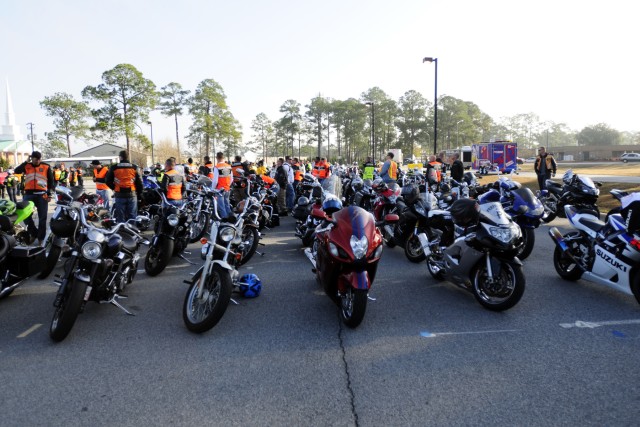
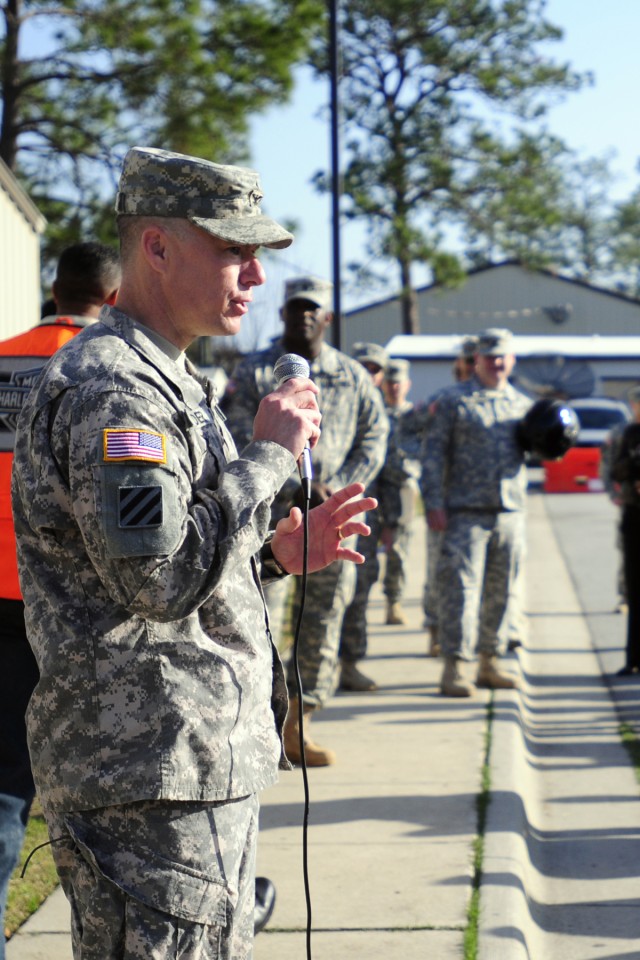
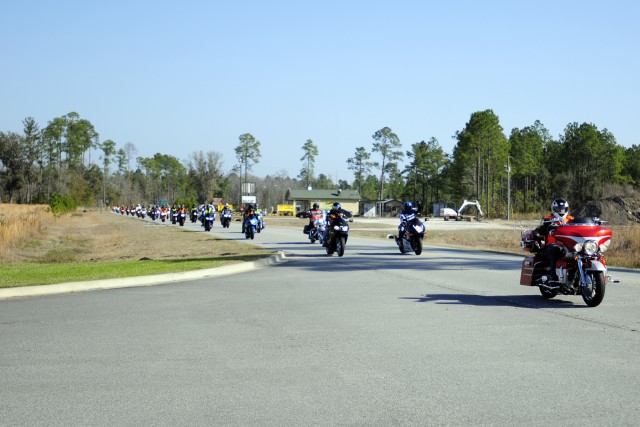
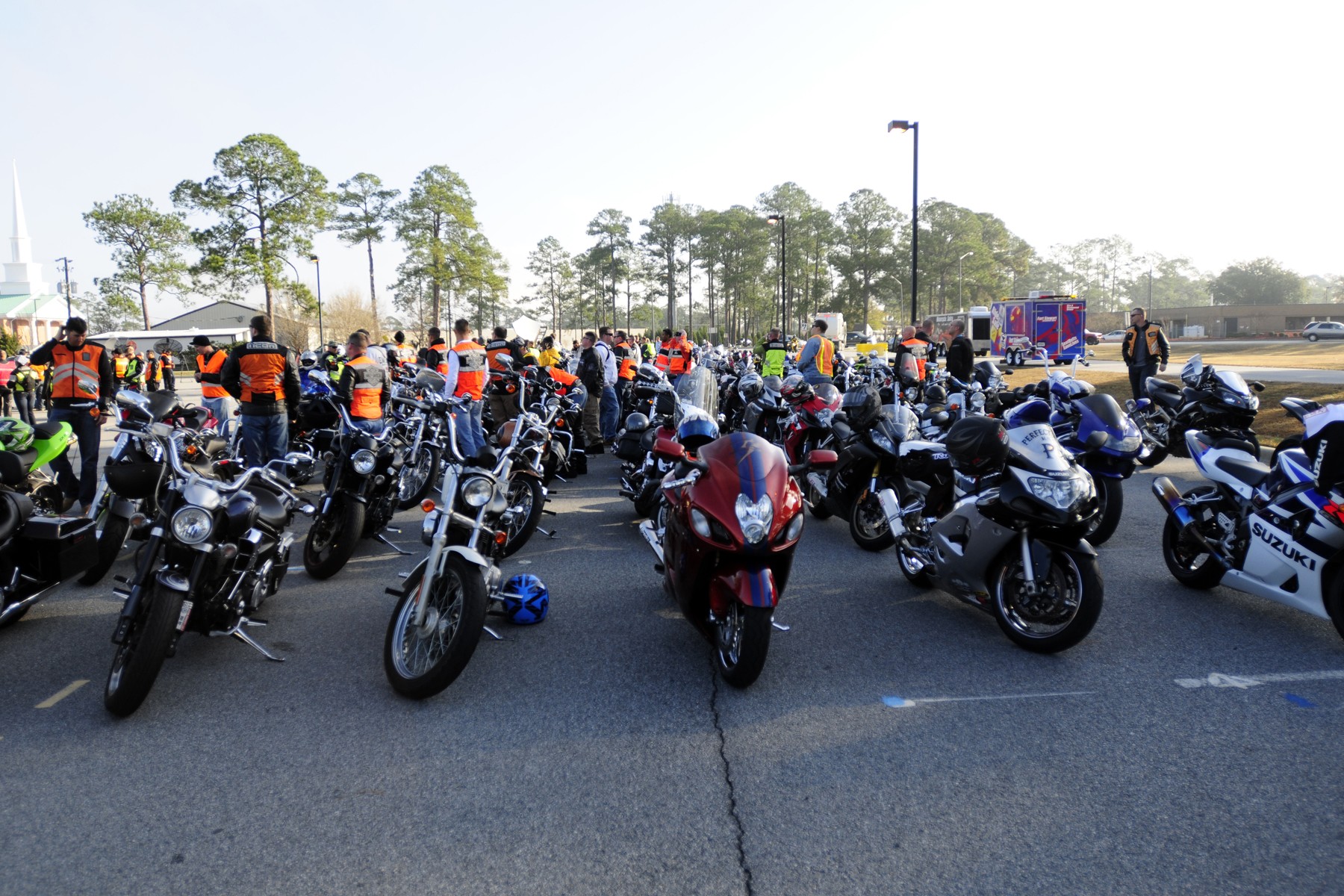
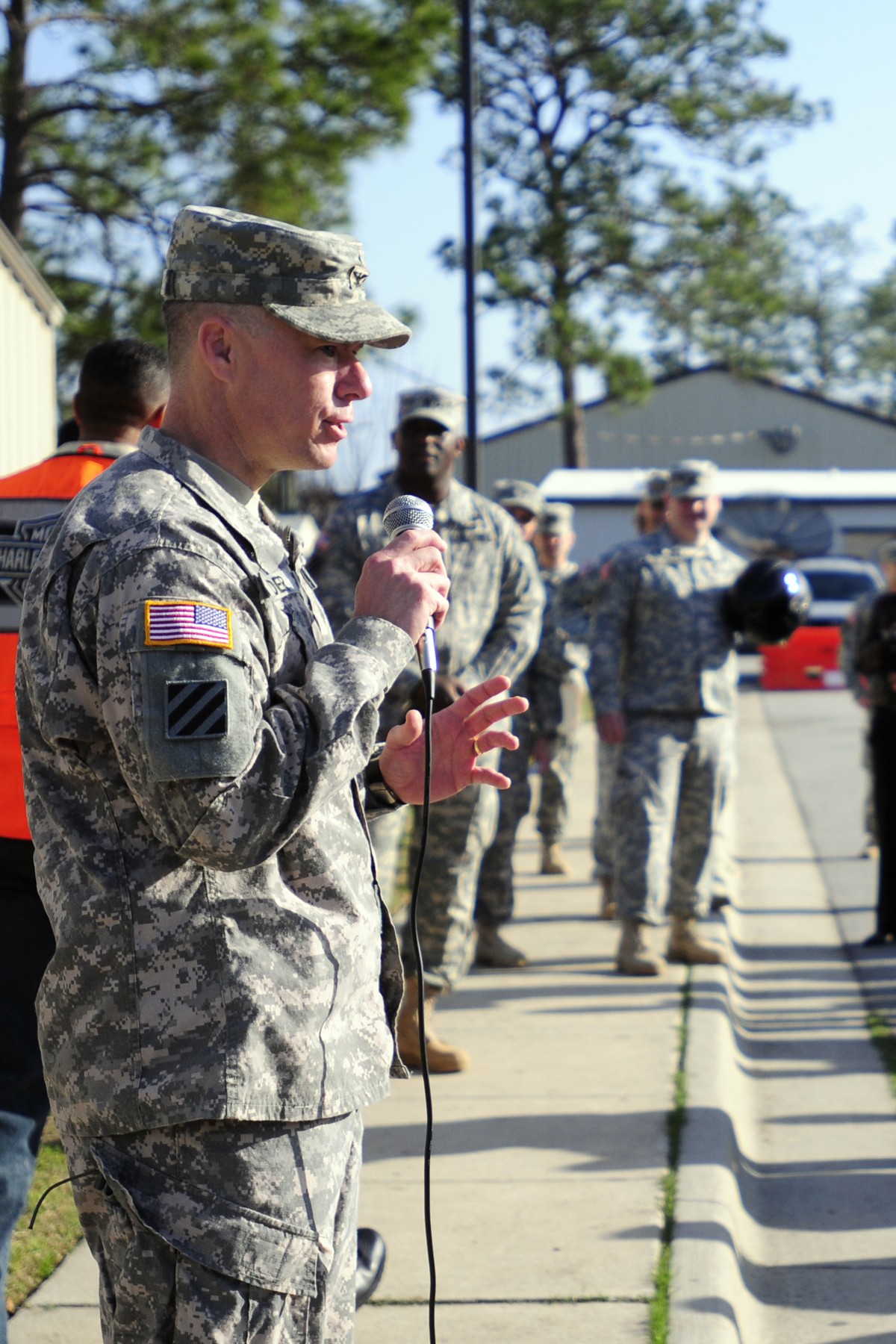
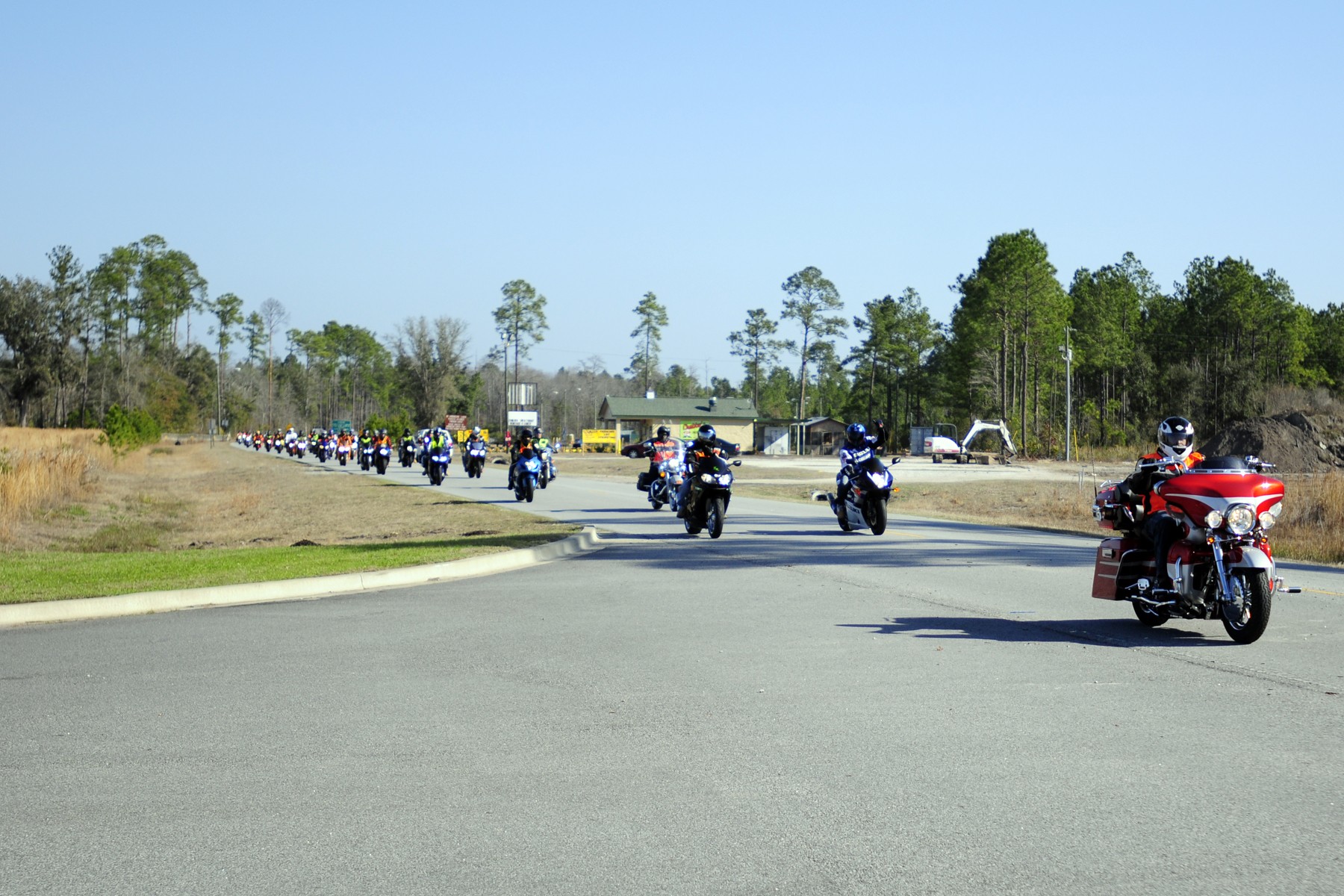
Social Sharing